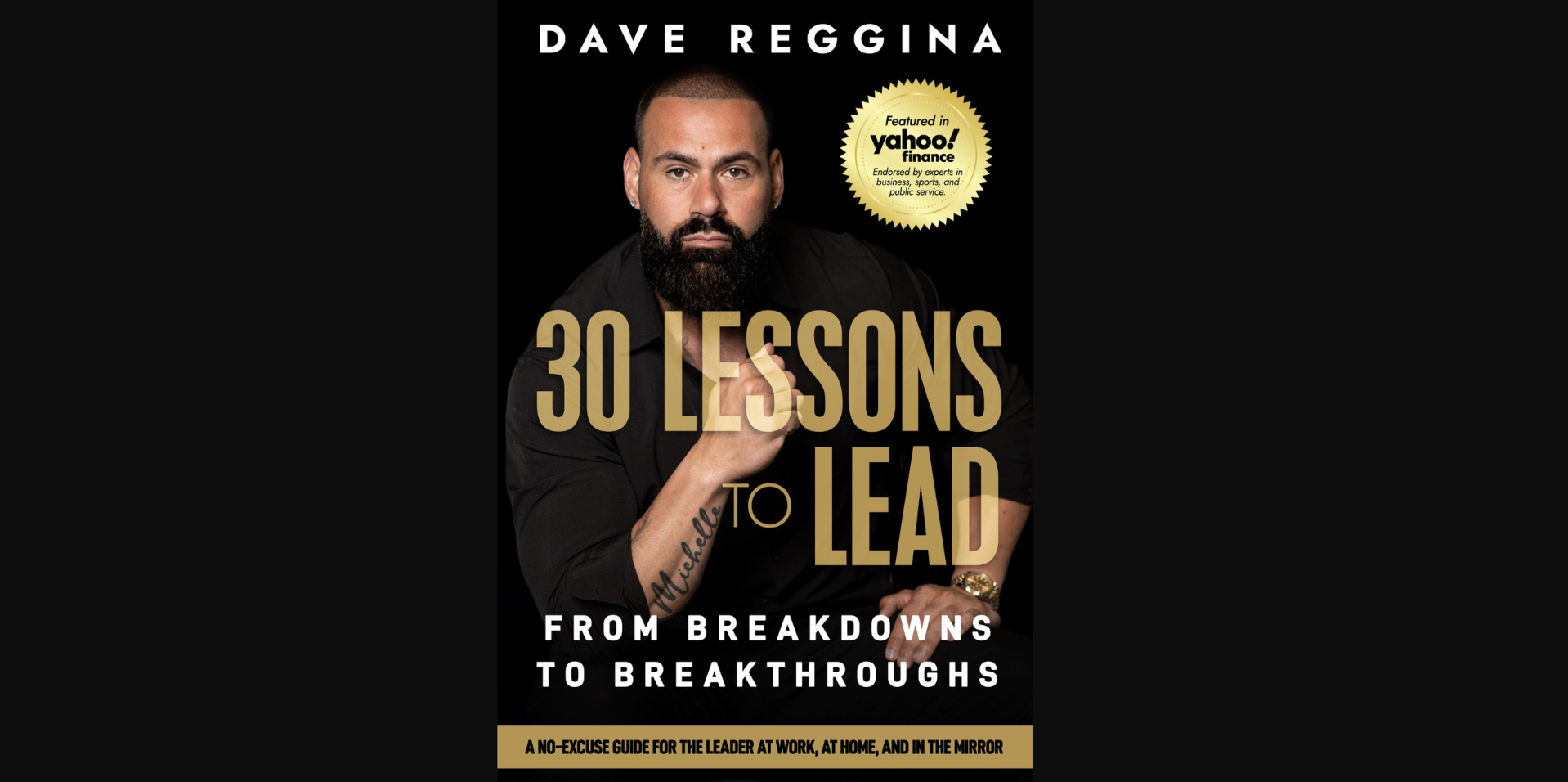Adidas lost a legal battle in which it tried to ban a fashion designer from utilizing a four-stripe design.
The sportswear firm argued that the luxury brand Thom Browne Inc’s four stripes were too similar to its three stripes.
Browne maintained that purchasers would not confuse the two brands since, among other things, his had fewer stripes.
Adidas had planned to seek more than $7.8 million (£6.4 million) in damages, but a jury in New York agreed with Browne.
Browne’s designs typically feature four horizontal, parallel stripes encircling the sleeve of a garment or sock, as seen on the designer himself.
Three stripes typically characterize Adidas’ designs.
Browne’s legal team depicted him as the underdog facing a huge corporation, claiming that the two brands catered to different audiences.
Thom Browne Inc’s inventions are not dominated by sportswear, and its target market is wealthy customers; a pair of women’s compression leggings, for example, costs £680, while a polo shirt costs £270.
Stripes, according to Browne’s attorneys, are a common design element.
Adidas launched a lawsuit in 2021, although the two companies have been at odds for over 15 years.
Adidas complained when Thom Browne utilized a three-stripe design on jackets in 2007. Browne agreed to stop using it and added a fourth stripe.
Thom Browne Inc has expanded rapidly since then and is now accessible in over 300 outlets globally, with the company creating more sports gear in recent years.
The fan base of the brand is diverse. In 2019, it created rapper Cardi B’s Met Gala gown, while former professional footballer and Bournemouth manager Scott Parker wore one of its cardigans and a jacket to matches.
According to a spokesman, Adidas is dissatisfied but will “continue to pursue our intellectual property vigilantly, including submitting any required appeals.”
According to a spokesman for Thom Browne Inc., the conclusion was satisfactory. However, the designer told the Associated Press that he hoped the case would inspire others whose work is being scrutinized by larger organizations.
“It was vital for me to fight and tell my story,” he explained.
Numerous Adidas trademark lawsuits
Since 2008, Adidas has initiated more than 90 legal proceedings and entered into more than 200 settlement agreements concerning its trademark, according to court filings.
The Adidas complaint, filed in 2021, revolved around two Thom Browne trademarks: a stack of four bars, often found on one sleeve or one pant leg, and a locker loop inspired by the striped ribbons tied to sports prizes. According to Adidas, Mr. Browne’s use of these stripes on his more casual and athletic designs was too similar to its three-stripe trademark, which it has used since the 1950s. (Think about the three diagonal stripes on the sides of an Adidas Samba or Superstar sneaker or the three vertical stripes on the company’s sweatpants and jerseys.)
The two firms had already met in 2006. At the time, Mr. Browne was five years into developing his brand, and he chose three horizontal bars rather than four. When Adidas asked him to stop, he complied, adding a fourth stripe to the set.
Adidas contacted Thom Browne again when the Browne label began dressing FC Barcelona and the Cleveland Cavaliers in suits for pregame appearances in 2018. Around the same time, Thom Browne, like many other high-end brands, began expanding its active-wear collection with new sweatpants, hoodies, and other recreational wear.
The jury held Mr. Browne’s company not responsible for trademark infringement or dilution.
In the show, Thom Browne employees brushed away tears. In some ways, they regarded themselves as David vs. Goliath. (As revealed at trial, the company, which is part of the publicly traded Ermenegildo Zegna Group, made approximately $285 million in revenue in 2021 — roughly the same as Adidas’ annual advertising budget. Adidas’ revenue is estimated to be over $23 billion in 2021.)
Adidas issued a statement saying it was “disappointed with the ruling” and “will continue to pursue our intellectual property, including any relevant appeals fiercely.”
While such actions are widespread in the fashion sector — Adidas, for example, has pursued hundreds of claims using its three-stripe trademark — they are typically settled or dismissed before reaching a jury trial.
However, the decision to battle on was as much a financial one as it was an emotional one; the active-wear products in question accounted for around 10% of Thom Browne’s sales in the United States, according to trial evidence. Furthermore, athletic apparel has been identified as one of the fastest-growing fashion industries in recent decades. McKinsey predicts that the global sportswear market will be valued at $428 billion by 2025.
Read Also: Adidas and Kanye West part ways over antisemitism
On the witness stand, Mr. Browne advised people not to actually wear a pair of his $630 running shoes while running. But Adidas singling out these pieces to sue over raised an interesting question about getting dressed in 2023. If people are wearing active wear in their everyday lives, to go to work or to dinner or to serve on a jury (nearly half of the jurors wore hoodies on the trial’s final day), when does it stop being active wear?





